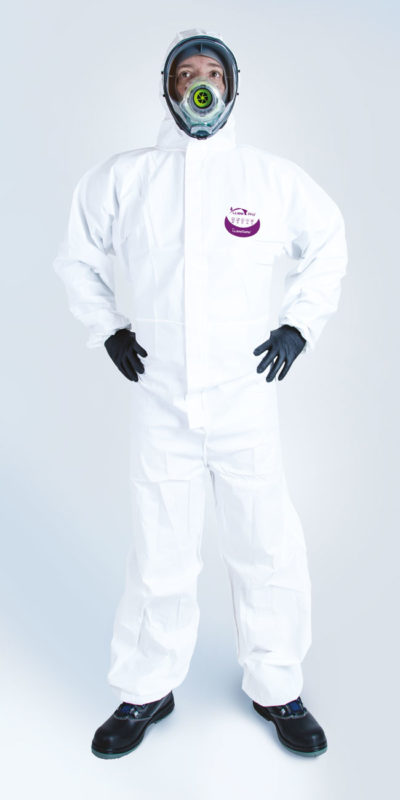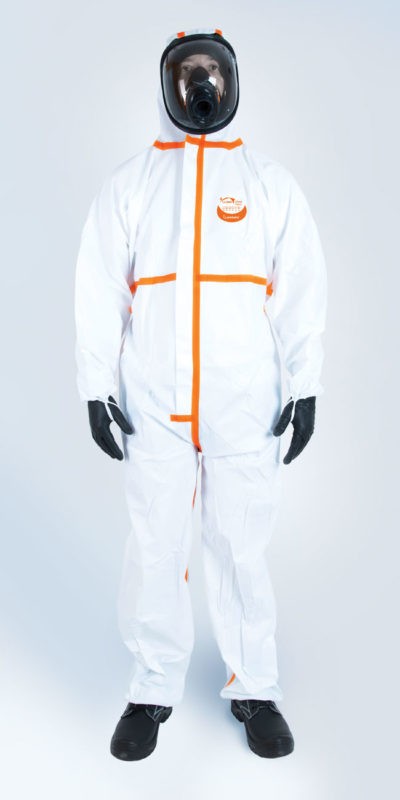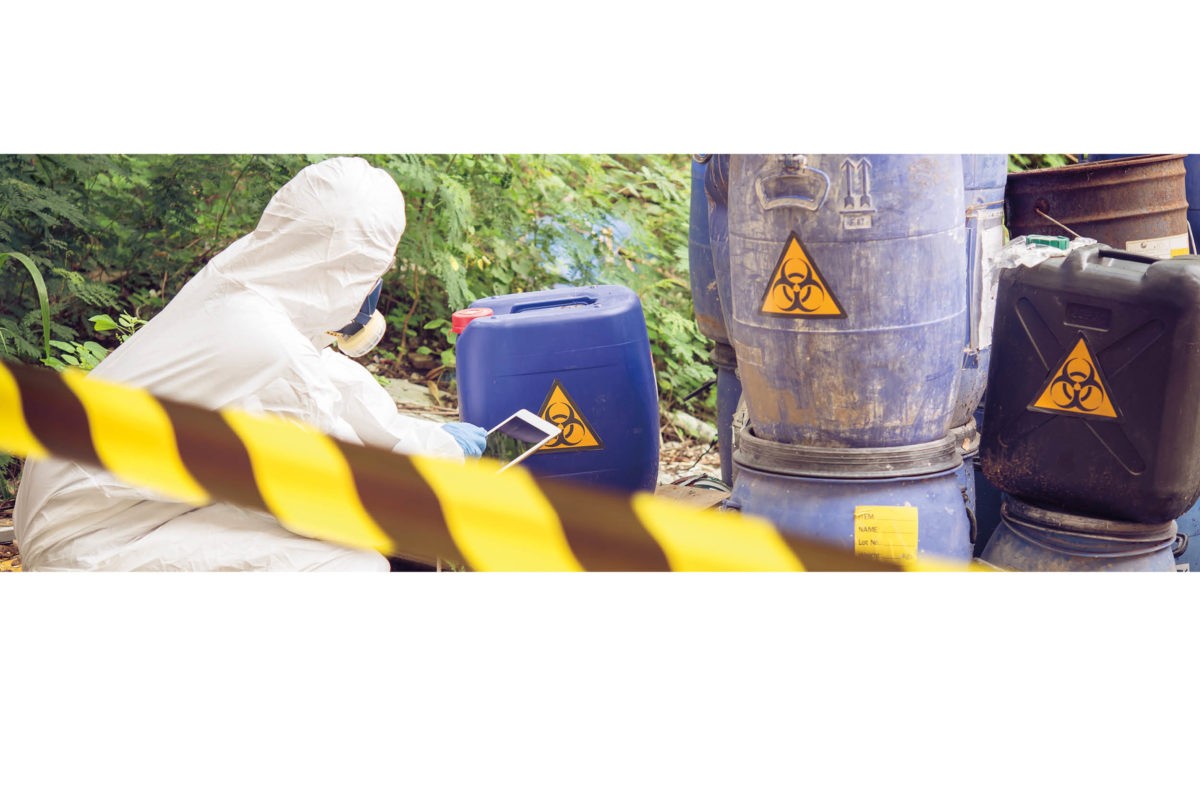
TYPE 5/6 WEEPRO COVERALL


Request for recommendation
Find a distributor

Need information about : PROFESSION SHEET : BIOLOGICAL RISKS – BIOLOGICAL SUIT ?

23 March 2018
Biological agents may be at the origin of occupational hazards, such as wastewater treatment, laboratories, agri-food industry or emergency services.
PROFESSION SHEET : BIOLOGICAL RISKS – BIOLOGICAL SUIT.pdfBiological agents can cause occupational hazards in many industries, such as waste reprocessing, wastewater treatment, laboratories, in the agri-food industry or emergency services. Workers may be exposed to biological agents in two types of situations: deliberate use or potential exposure to microorganisms. Four different major risk groups have been defined according to the degree of infection for humans. Our short-term protective biological suit is certified according to EN ISO 14126: 2003 and achieves the best results against microorganisms in liquid form, aerosols or solid particles.
RISK GROUP LEVEL 1 Biological agents which are unlikely to cause a human disease.
RISK GROUP LEVEL 2 Biological agents which can cause a human disease with unlikely spread.
RISK GROUP LEVEL 3 Pathogenic biological agents for humans with possible spread.
RISK GROUP LEVEL 4 Biological agents that may constitute a significant risk of disease for humans.
RESULTS OF TESTS AGAINST INFECTIOUS AGENTS EN14126
Test Method: ISO 22612 Exposure to solid particles.
Test Method: ISO 22611 Test Methods Exposure to liquid aerosols.
Test Method: ISO 22610 Contact with submerged contaminated solids.
Test Method: ISO 16604 Resistance to penetration of bloodborne pathogens using bacteriophage.
WASTE TREATMENTS Collection and sorting centers, Storage centers, Incineration centers, composting (Bacteria, molds, enteroviruses)
WATER TREATMENTS Sanitation companies, sewage treatment plants, sewerage (Salmonella, viruses, bacteria)
FOOD INDUSTRIES Vat cleaning, disinfection of production areas (Molds, Yeasts, Bacteria, Fungi)
AGRICULTURE Mold, Micro-organism, Prions or NCAC, Contact with live or dead animals (Bacteria, molds, microorganisms, fungi)
LABORATOIRIES / EPIDEMICS / EMERGENCY Research laboratory staff (biology and biotechnology) Personnel in the pharmaceutical industry (production of vaccines and antibiotics) Medical staff (Salmonella, Bacteria, viruses, Ebola)
SERVICING AND MAINTENANCE IN GENERAL INDUSTRY AND CONSTRUCTION Rehabilitation of industrial brownfields, maintenance of air conditioning and ventilation systems, maintenance of laboratory instruments, maintenance on cooling towers, cleaning companies
WEEJET: Coverall offering optimal protection against biologically contaminated liquids and dusts. Its high-density outer coating ensures optimal resistance to abrasion (6/6 according to EN 530), and high tear resistance (3/6 according to ISO 9073-4). The zipper is covered by a triple protection: flap + zip + selfadhesive flap. An elastic thumb-loop seals protective gloves.
WEEPRO MAX PLUS: Coverall providing protection against biological hazards when handling or disposing of potentially contaminated materials, objects, or animals. Its tight seams protect against aerosols or sprays of very fine contaminated particles. The WeePro Max Plus achieved the best results of the EN 14126 tests in Category 3 Type 4.
WEEPRO: Coverall offering protection against biologically contaminated dust. It can be worn during biological risks level 1 or 2 tasks or handling operations. Its ergonomics ensures optimal comfort throughout the operation with risks-related operation. Its antistatic treatment on both sides dissipates the load from risk areas
Download it here our selection guide for short-term clothing for the biologic risks and biological suit.